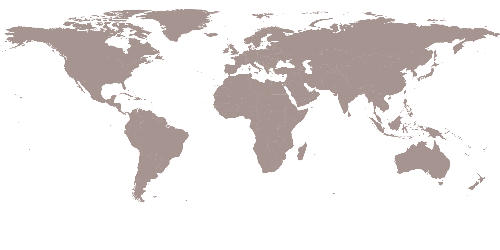Instead, the project proposed a fourth, threefold strategy. First, rather than resist the waves, the plan aimed to dissipate their energy through friction—introducing a coastal mitigation forest. If designed with trees of sufficient density, diameter, and resistance to horizontal loads, the forest could reduce wave energy by up to 40%. An island near the city provided a real-life example of this effect, having both reduced the impact of the waves and served as a vertical evacuation point. Second, the plan allowed for conditional construction behind the forest, with no permanent residences and pier-like structures on the lower floors. Third, a comprehensive evacuation system directing residents to higher ground was designed and integrated into the urban layout.
This layered strategy enabled the reconstruction of the city in its historical location, near the sea and river that define its identity. The tragedy also opened the opportunity to reconfigure urban access to the river, creating a public park that provided democratic access to a previously privatized landscape. The PRES initiative not only improved Constitución’s resilience to future tsunamis but also corrected longstanding inequities in public space. By combining an updated city-wide urban standard with Elemental’s established principles of incremental housing, every reconstructed street, square, and home was grounded in a renewed and resilient urban foundation.
This master plan was developed after the 2010 earthquake and tsunami that struck Constitución, a city of 46,000 people located on the shore of the Pacific Ocean and 300km southwest of Chile’s capital, Santiago. 8.8 Earthquake Chile - Sustainable reconstruction master plan proposes a strategy to respond with “geographical answers” to the “geographical threats” of the earthquake and tsunami risk. Instead of considering a construction ban or a massive barrier along the risk zones, the project proposes to plant the flood-prone areas in order to break the waves. Located behind this first line of defense are facilities that have specific restrictions on the use and layout of ground floor areas. These two interventions are accompanied by an evacuation plan as the third protection element. The aim is a long-term preservation of the city at its historical position next to the estuary mouth – a strategic location for the city’s economy. The complimentary concept is to create public open spaces along the banks of the river that alleviate the lack of inner-city recreation areas as well as support the dissipation of rainwater runoff in order to avoid further flooding.
The jury values the thoughtful approach of proposing a long-term strategy of upgrading the built environment rather than implementing an ad hoc action plan to reconstruct that which had been destroyed by the tsunami and earthquake. Furthermore, the project’s effective establishment in the social community through citizen participation was recognized, demonstrating the contextual and social sensitivity of the master plan.
























